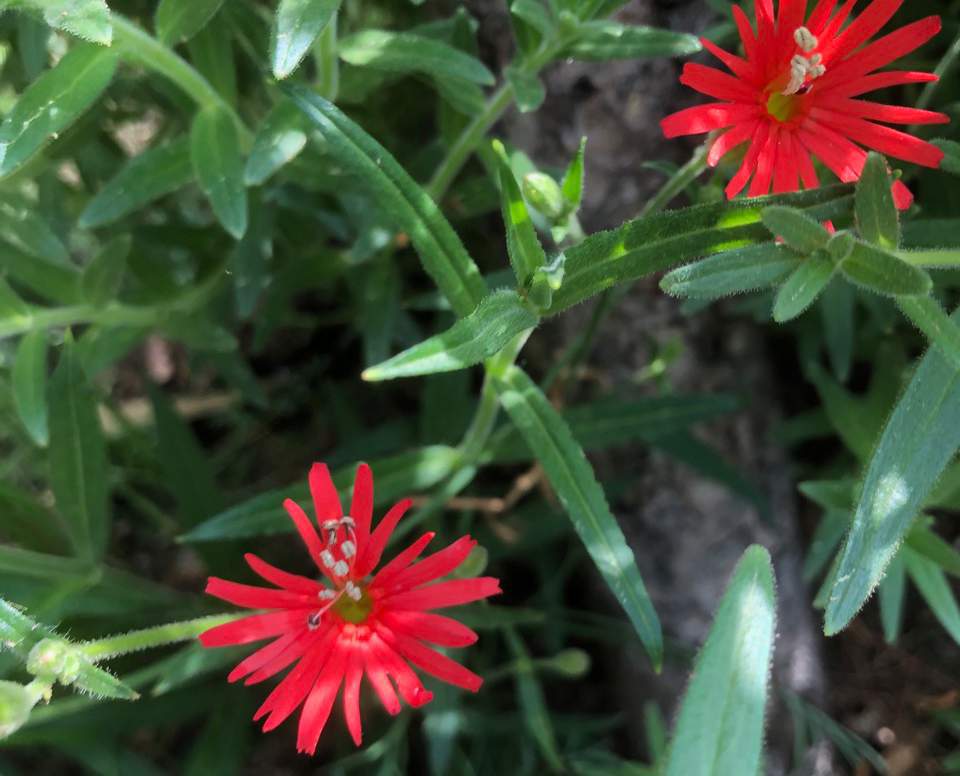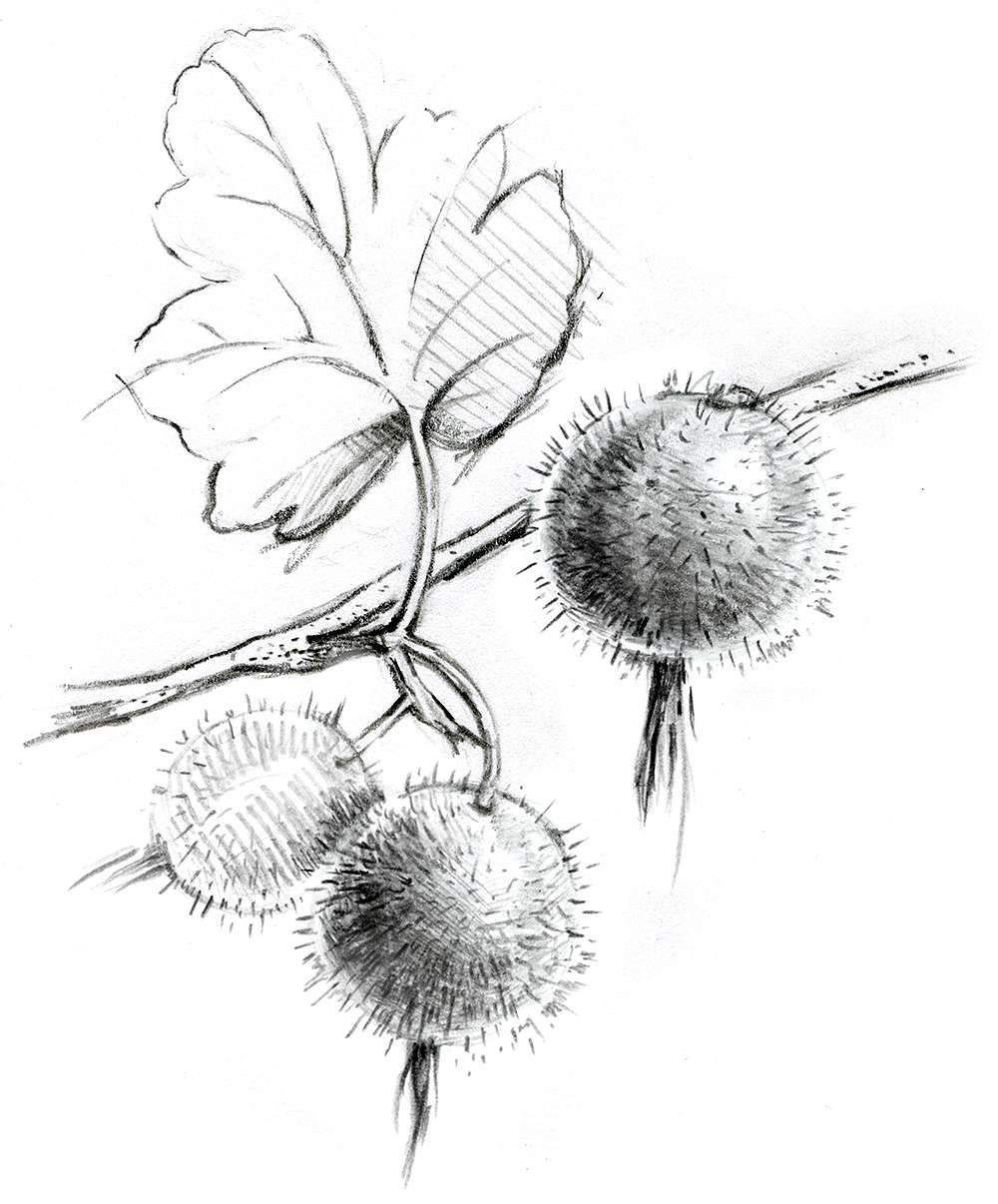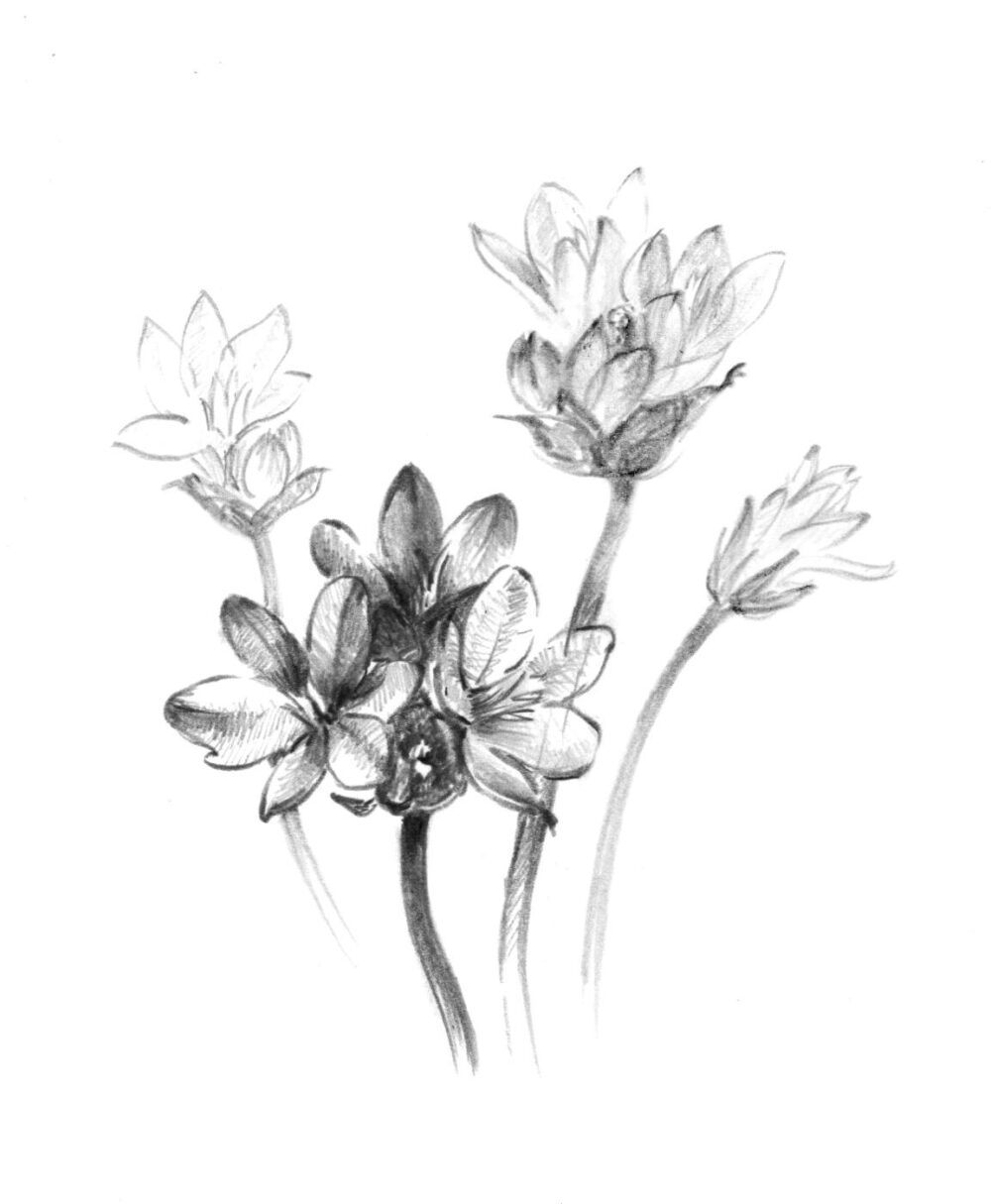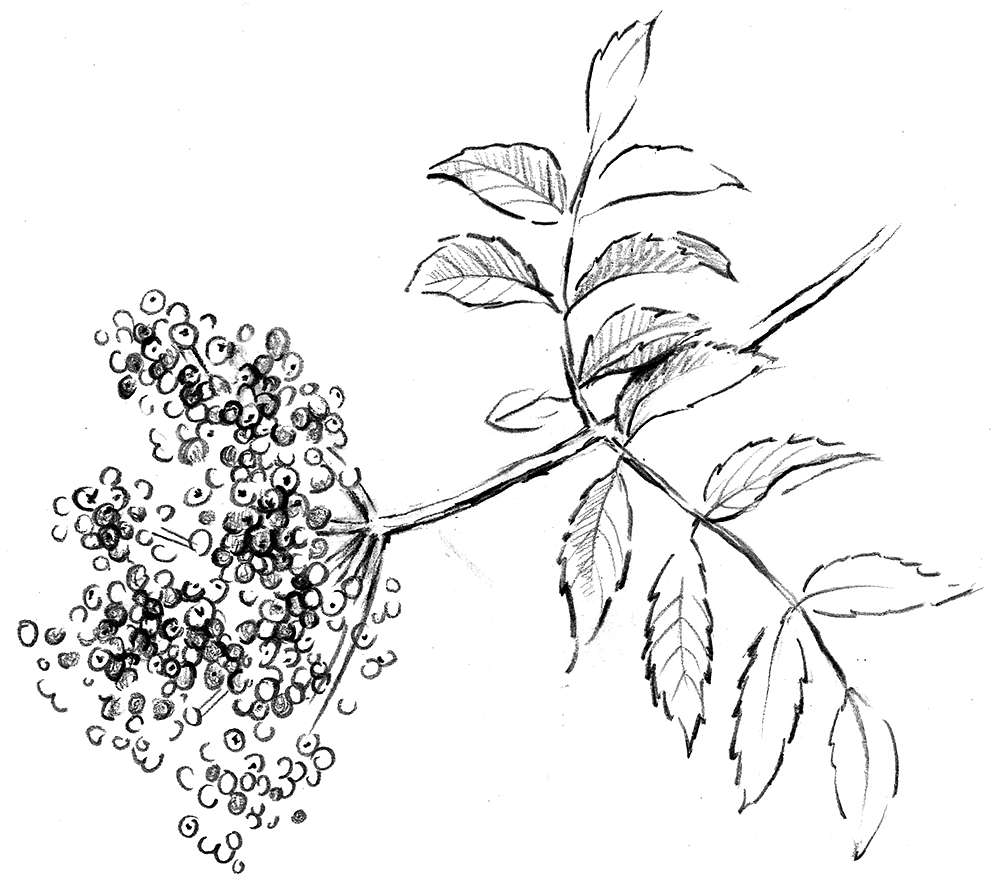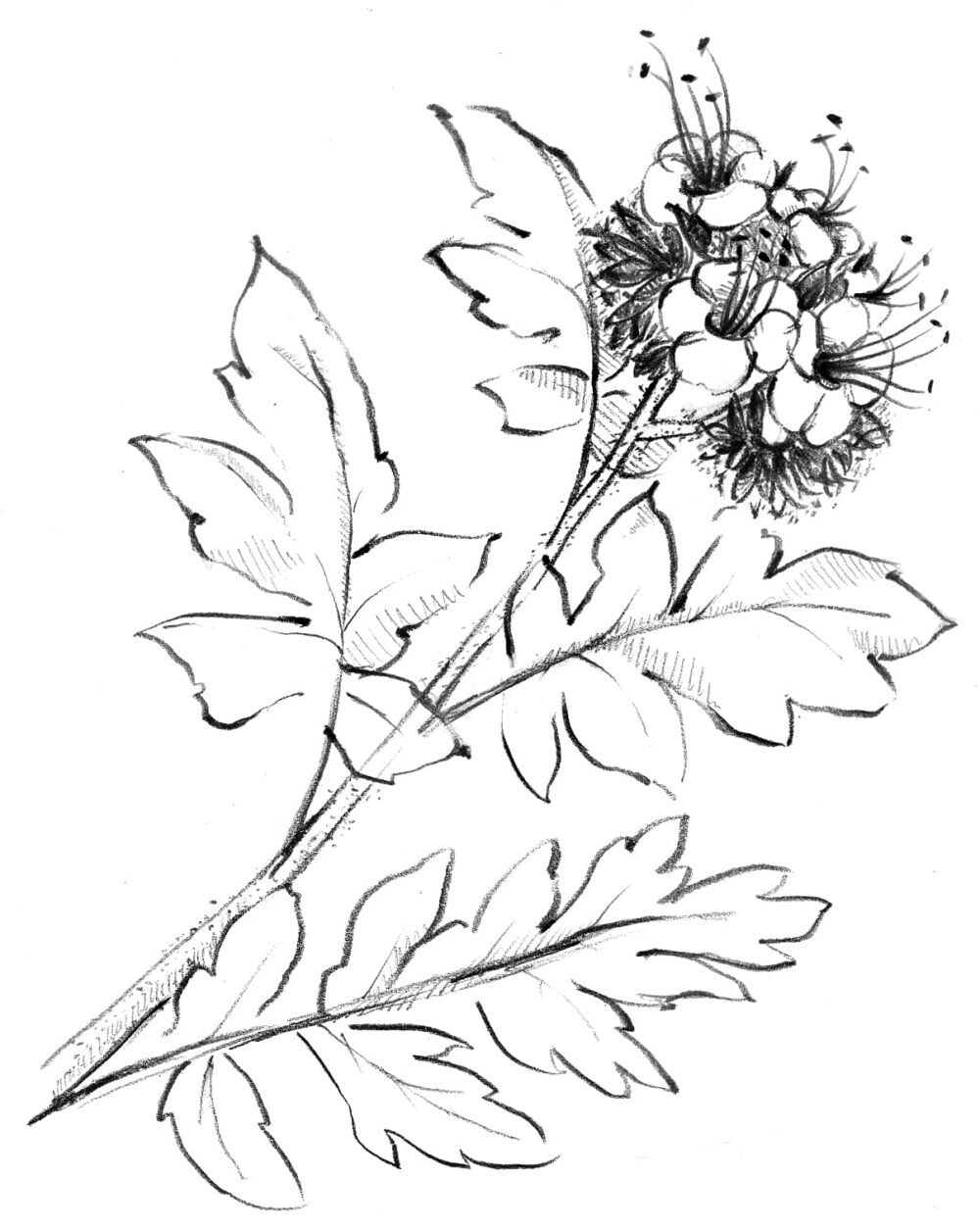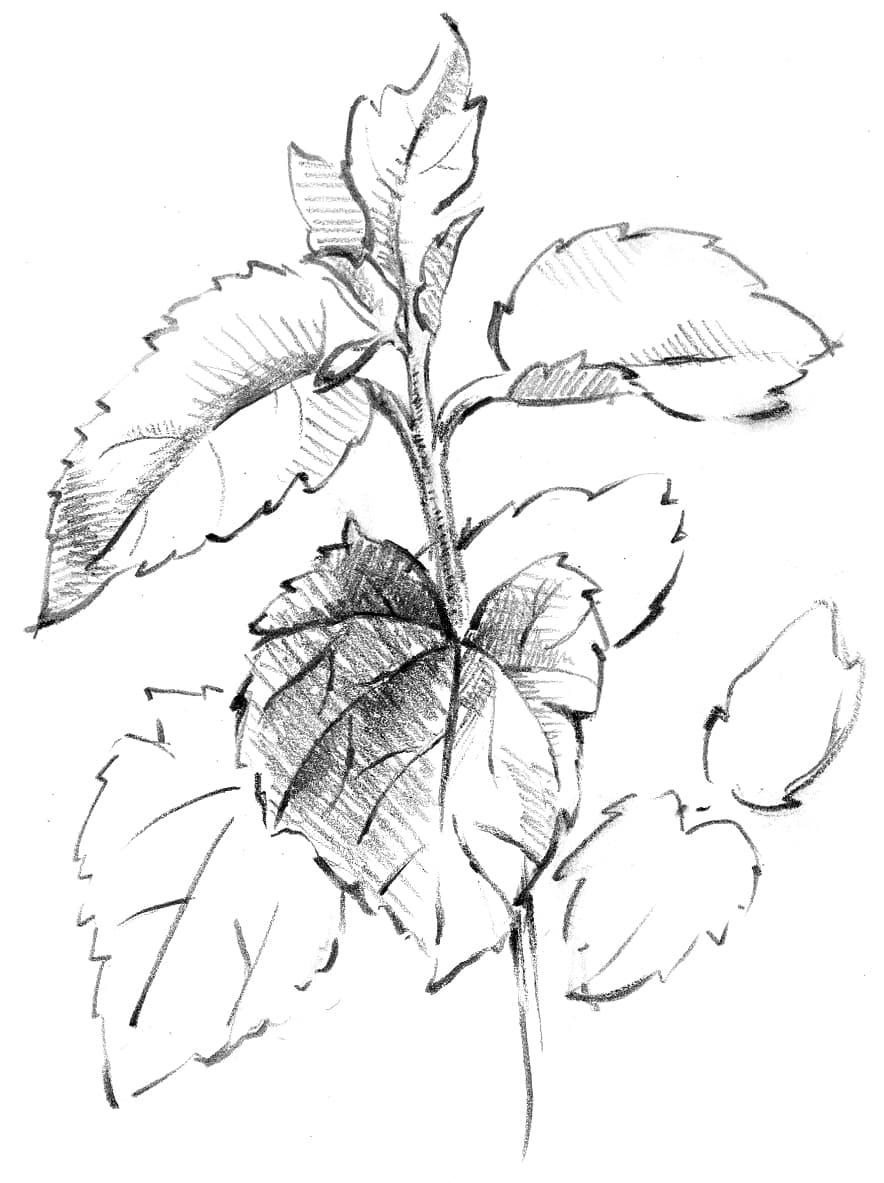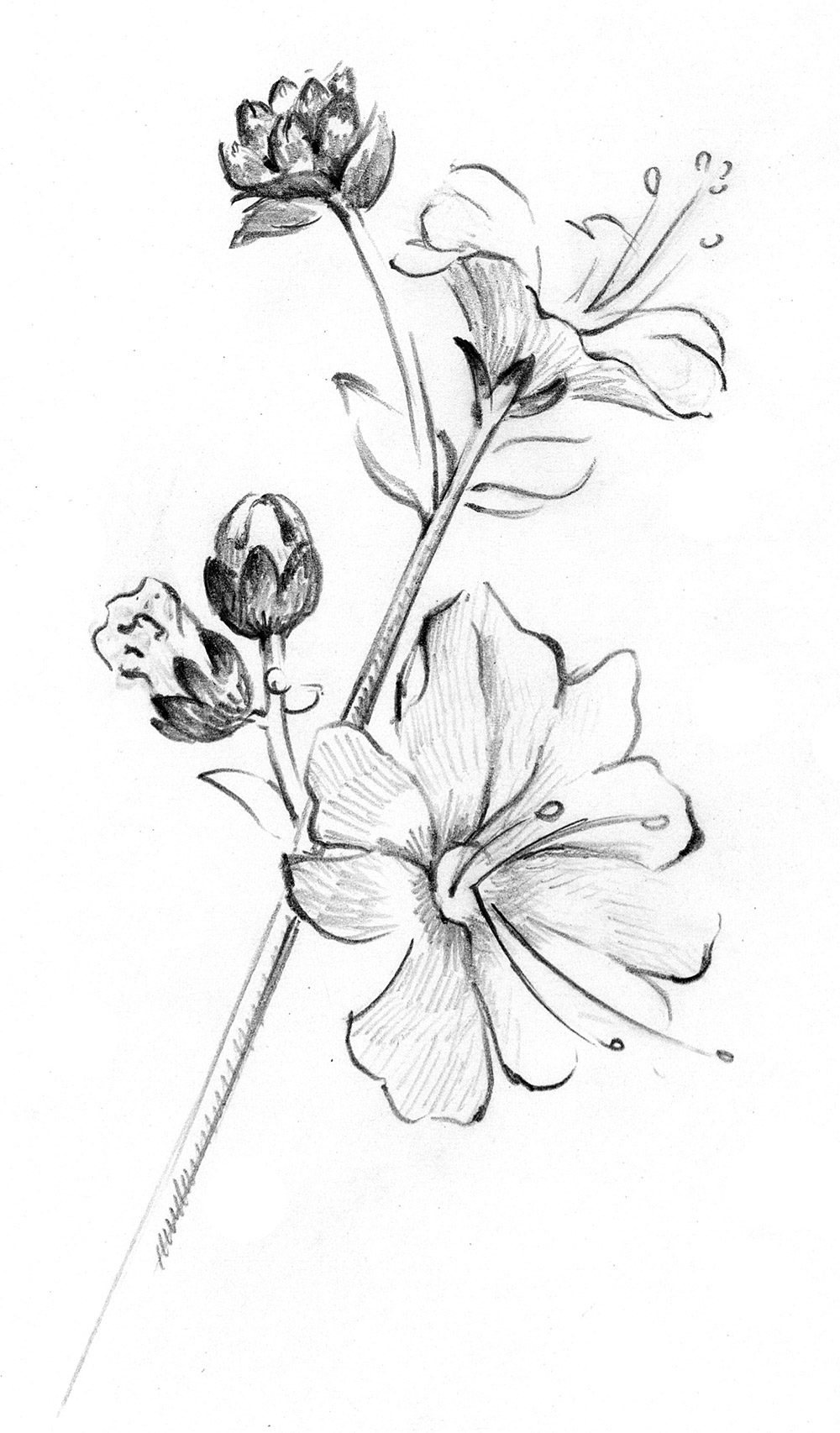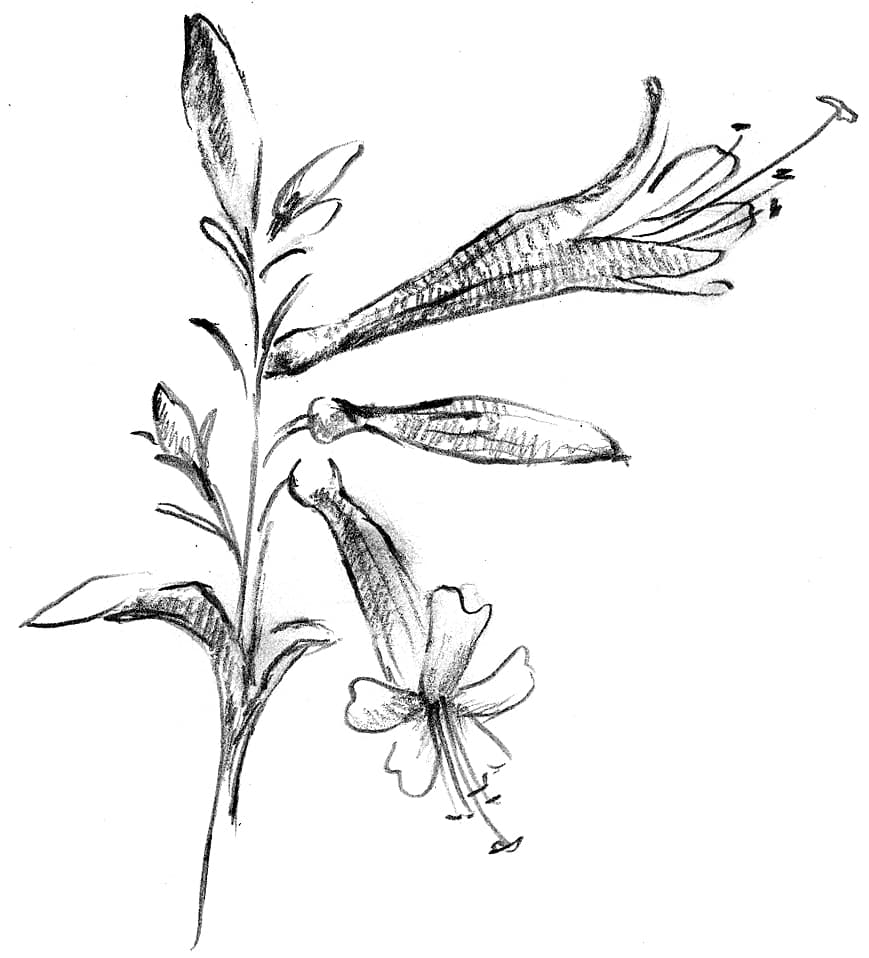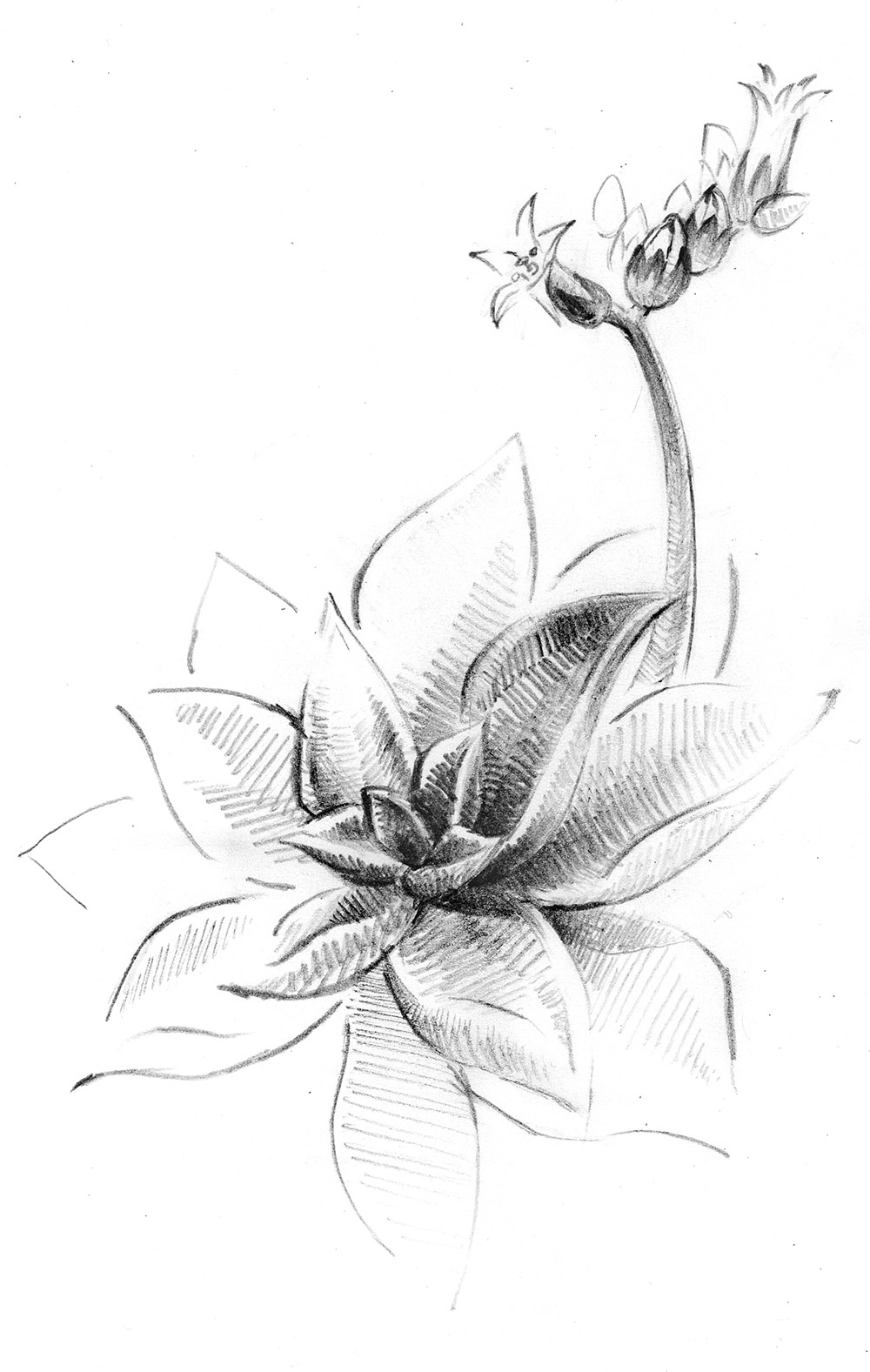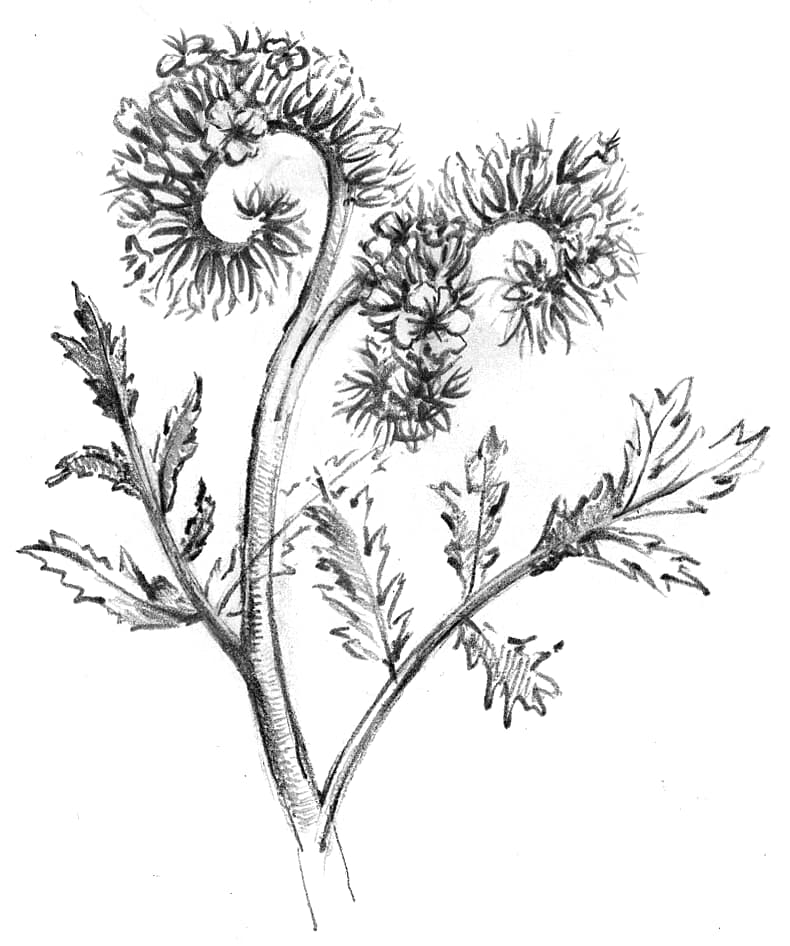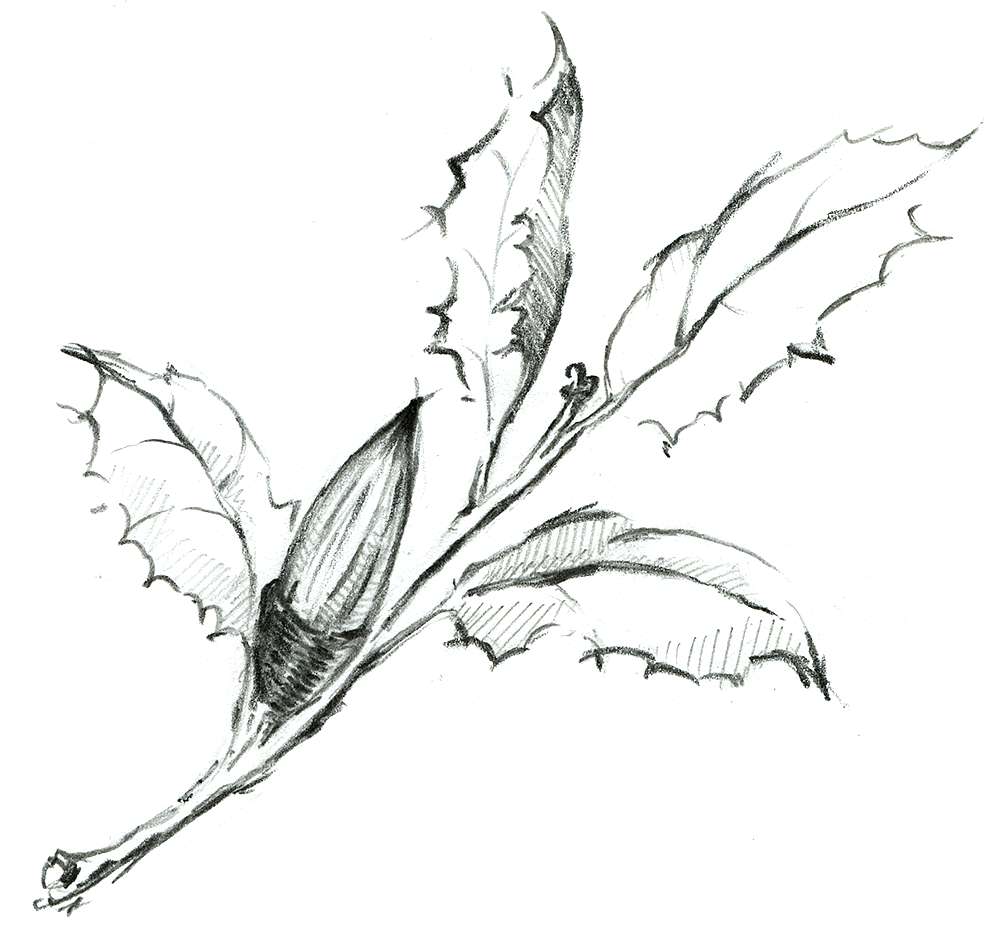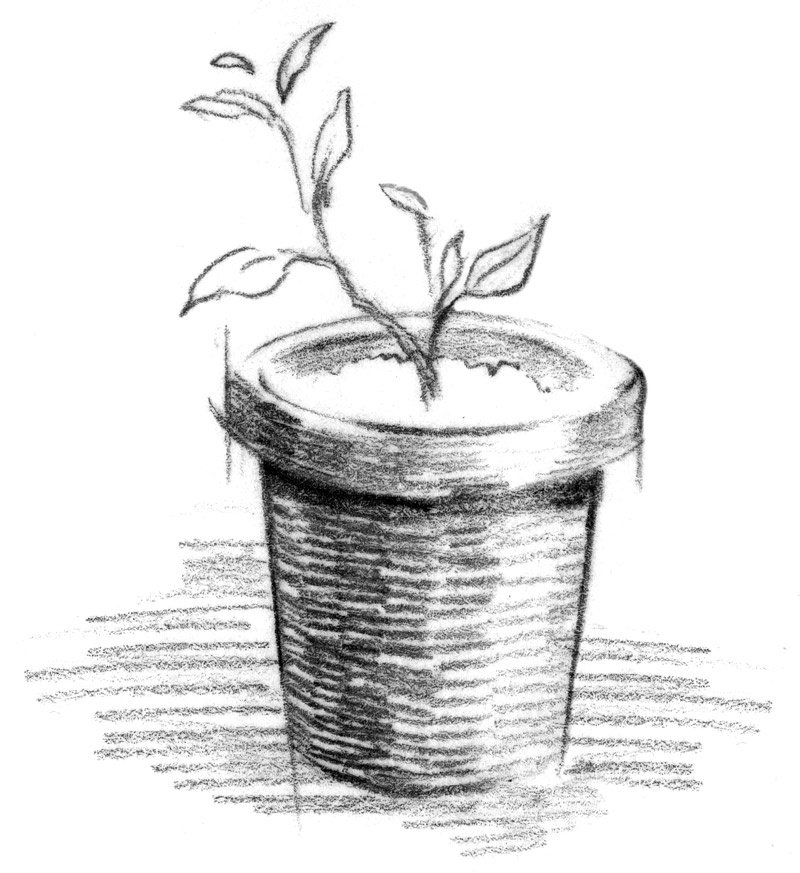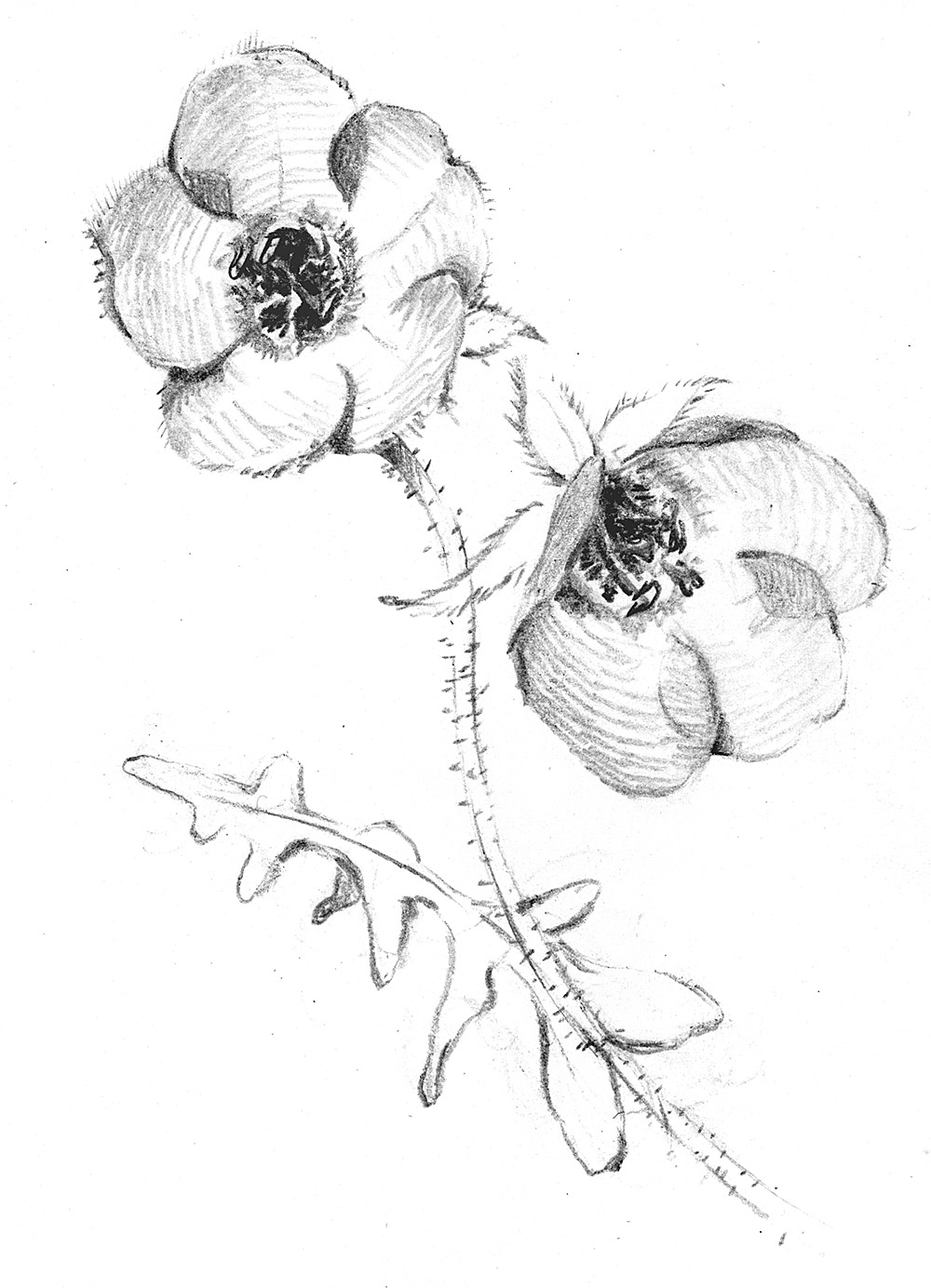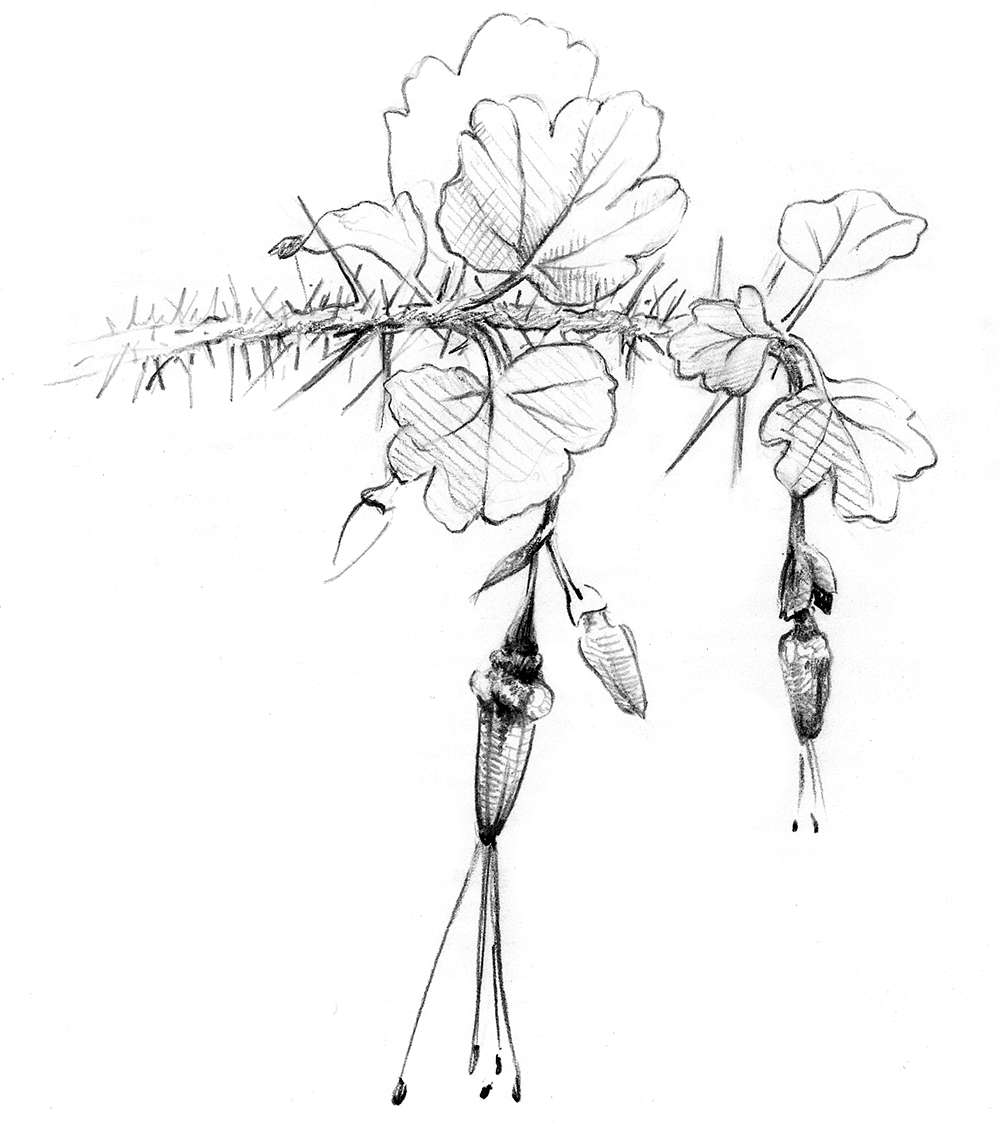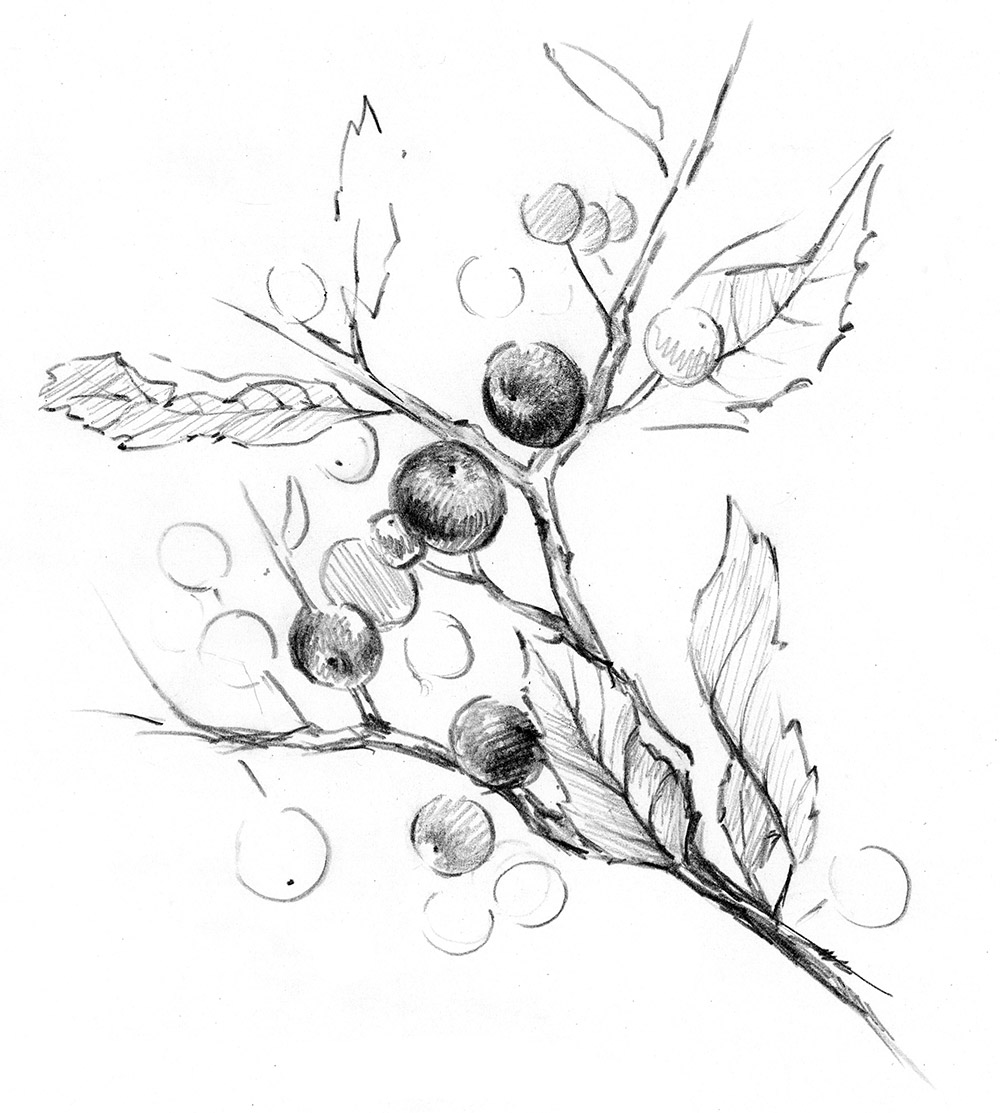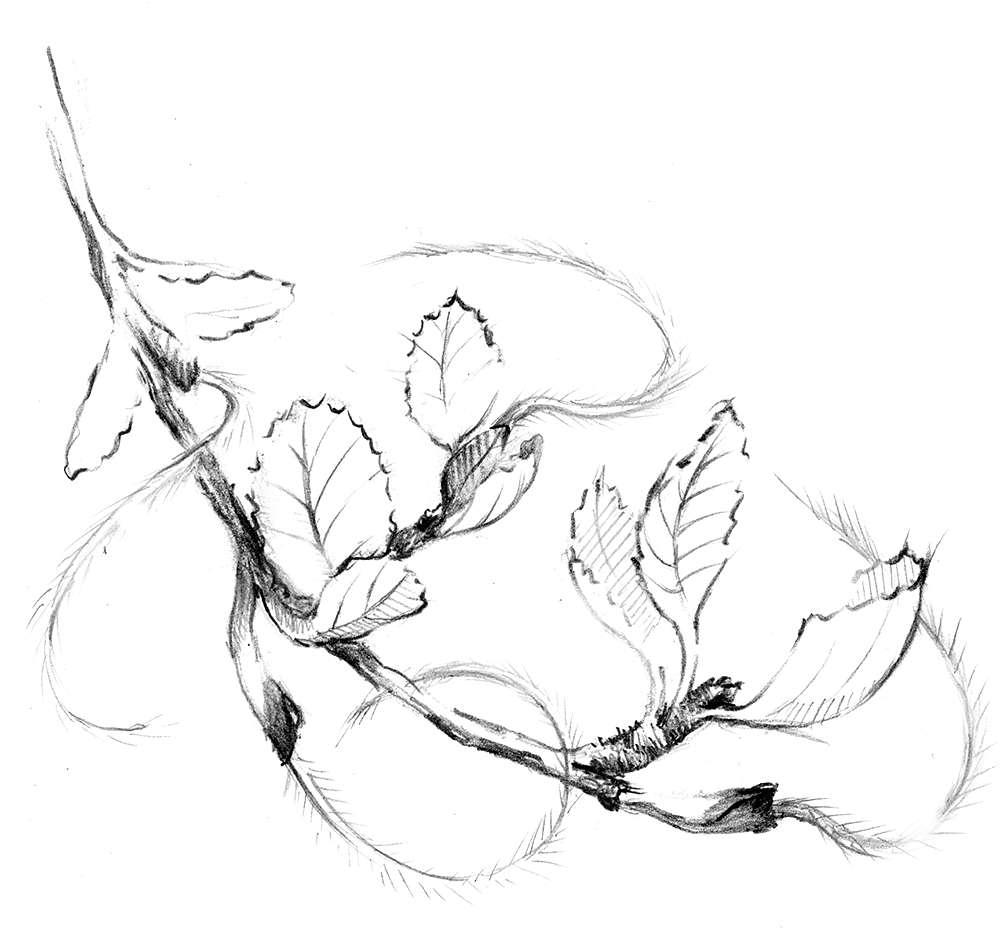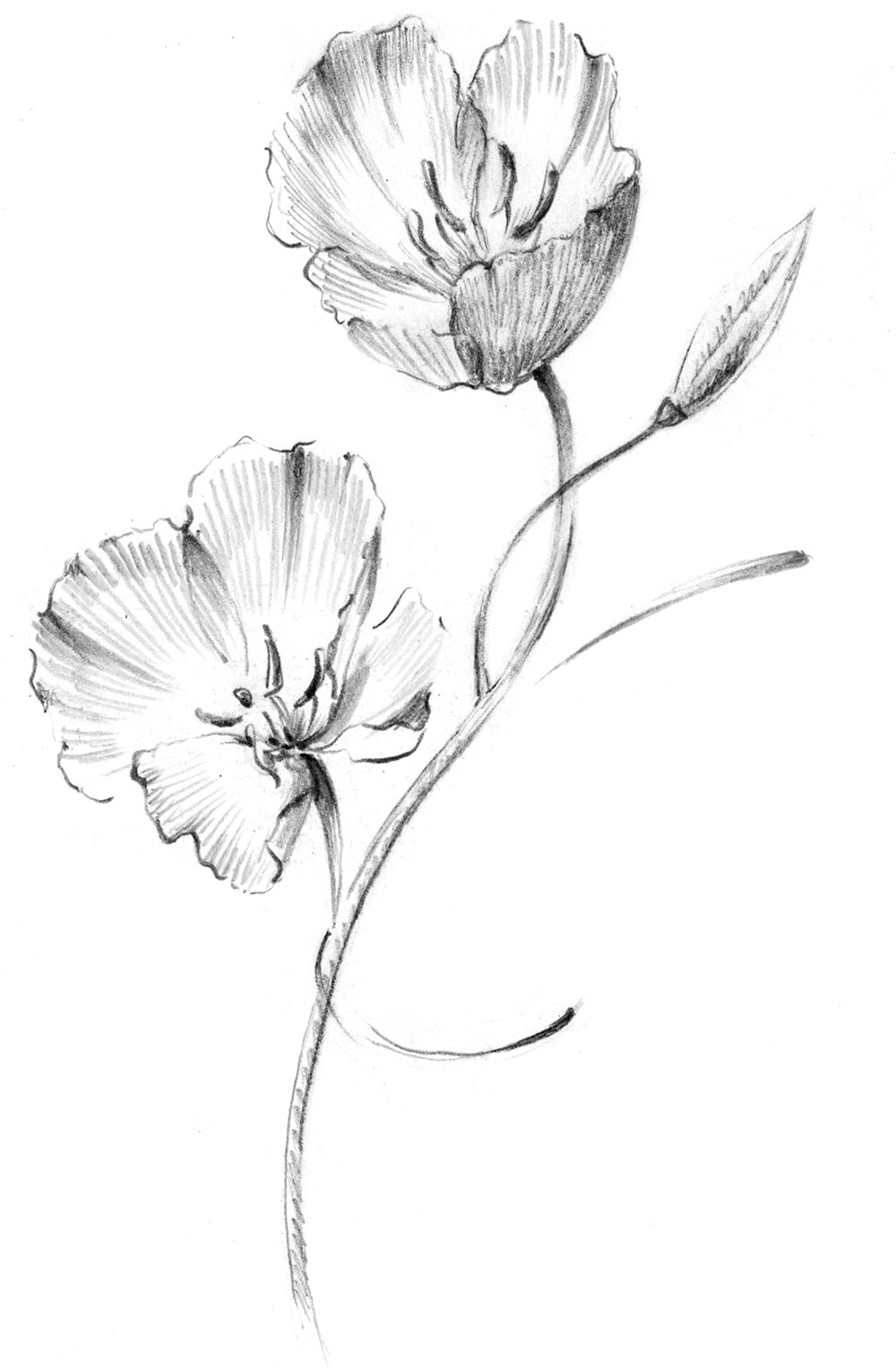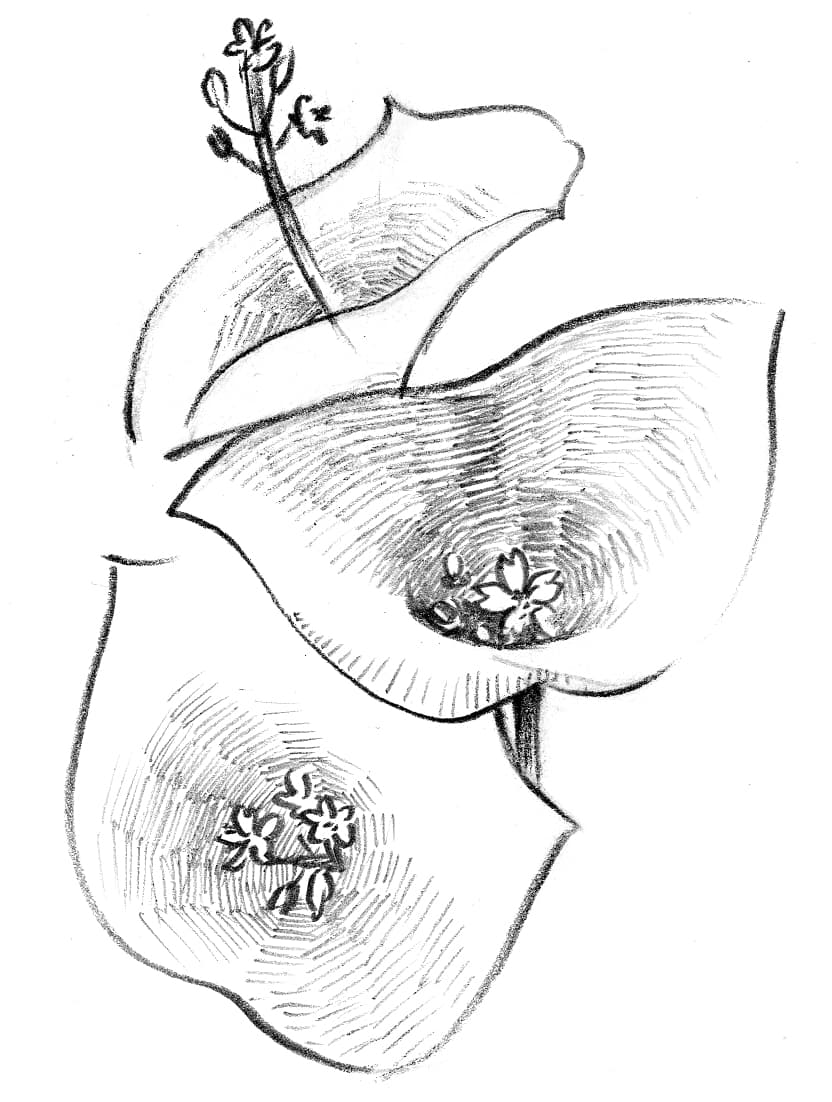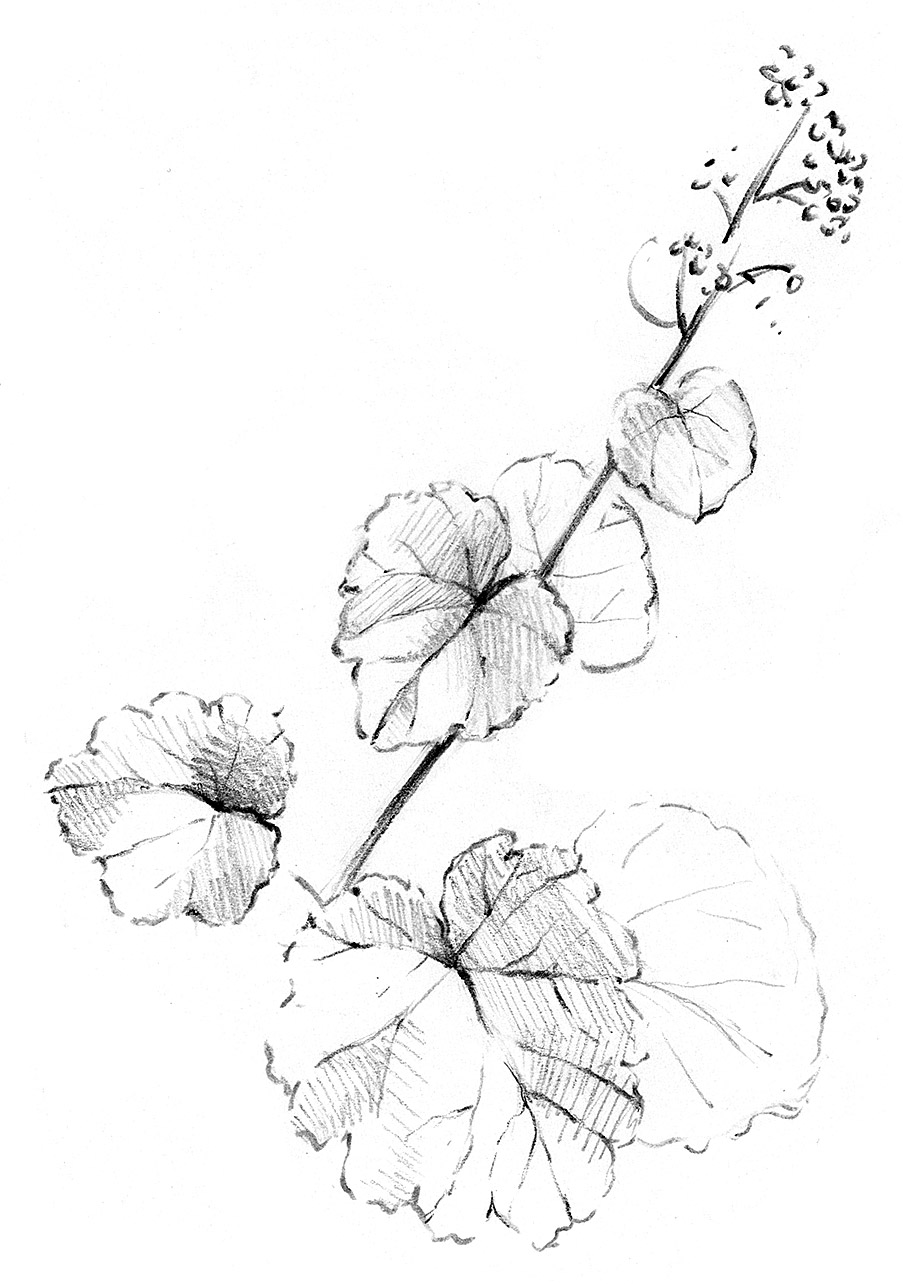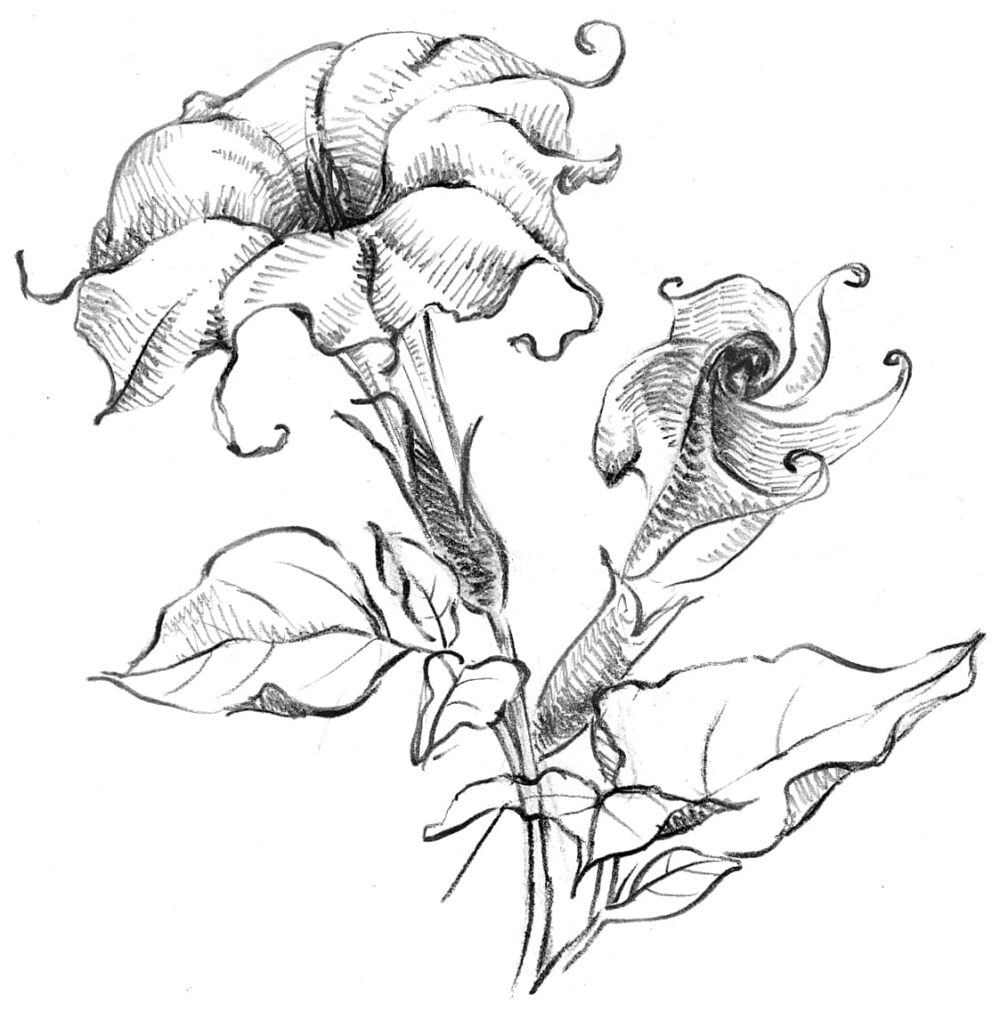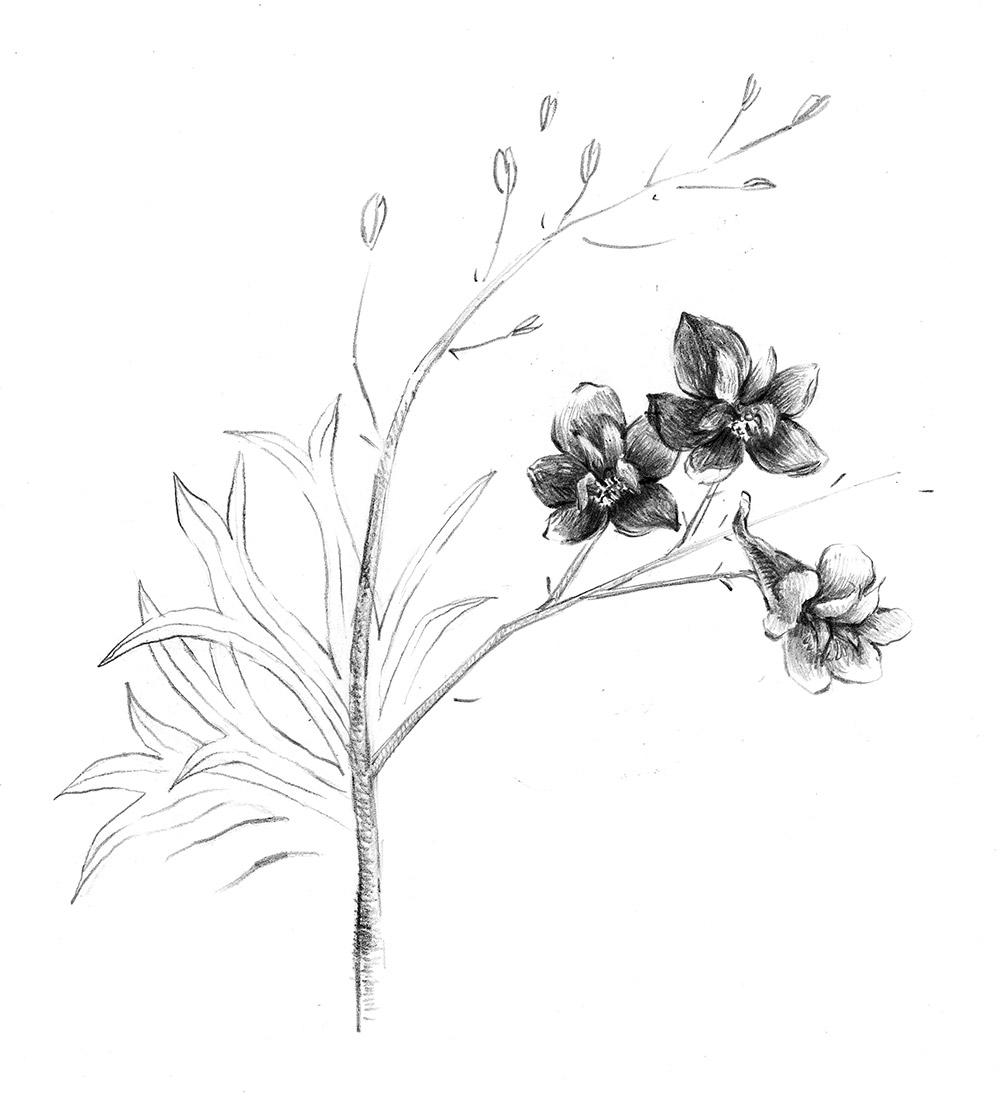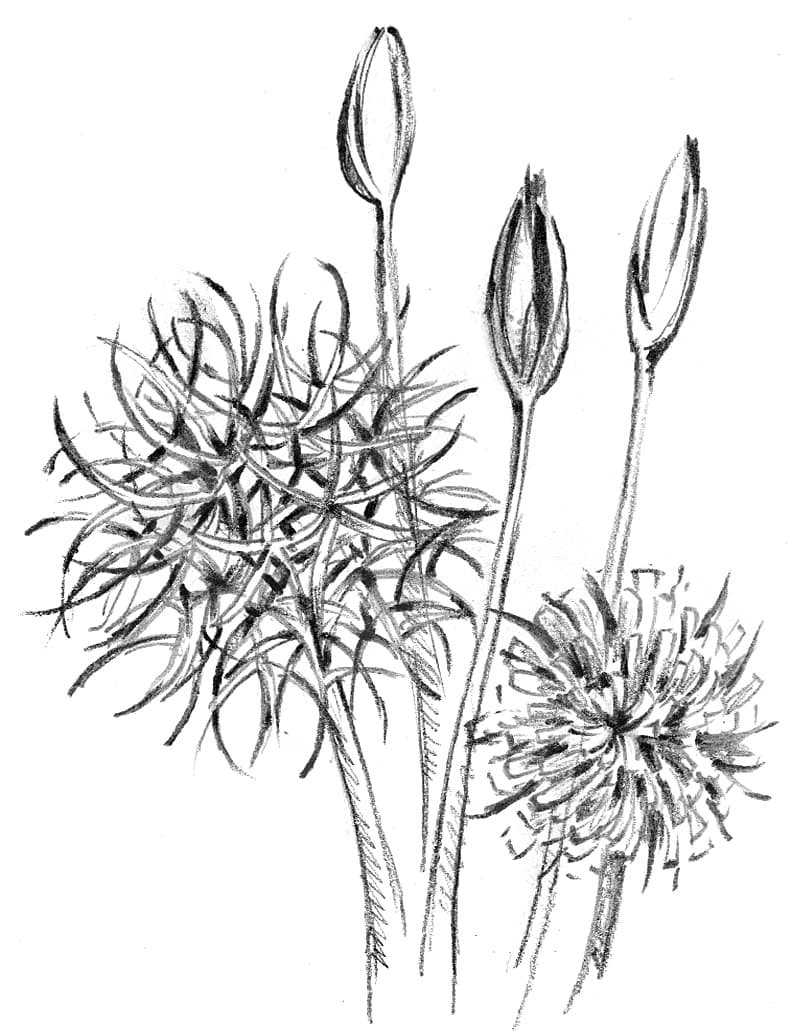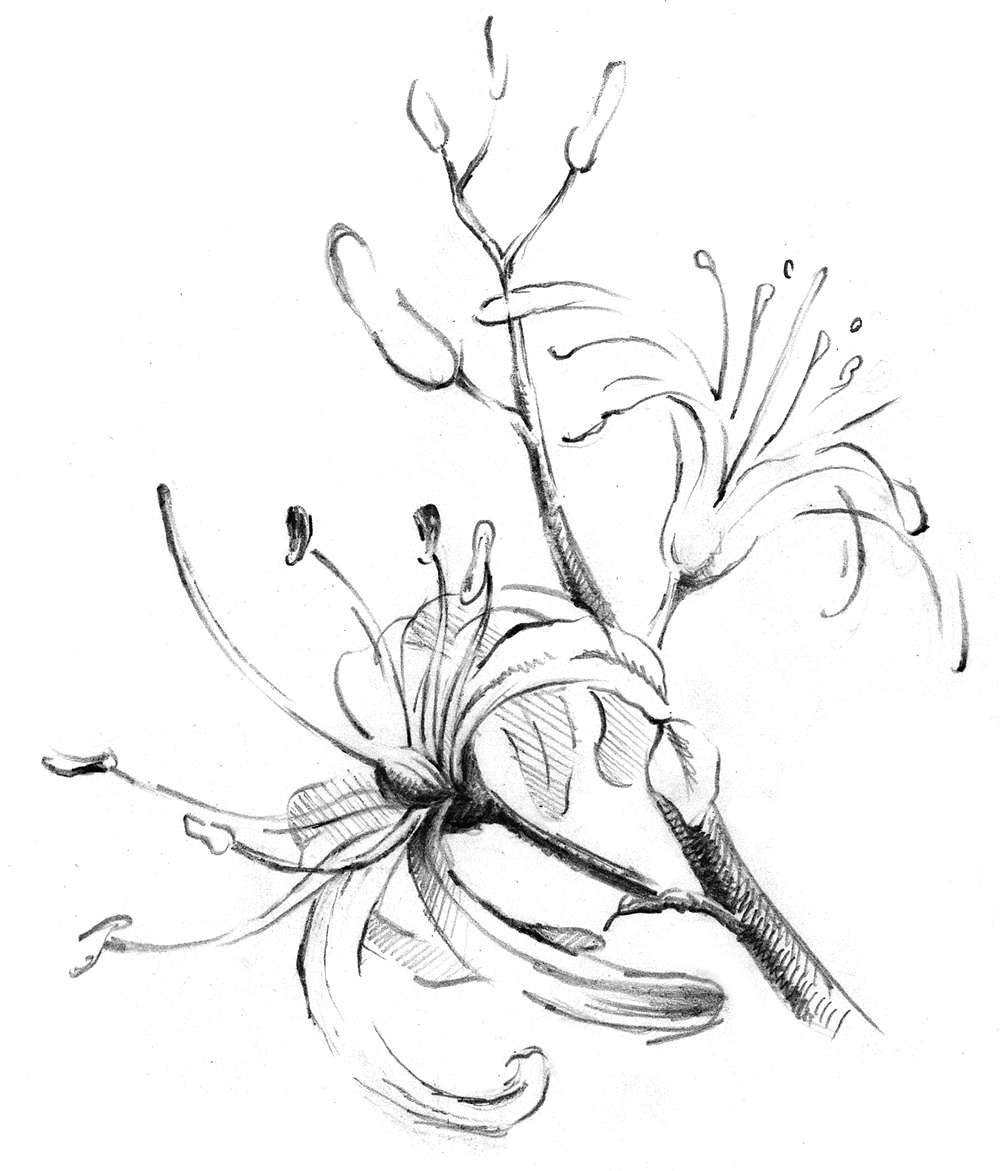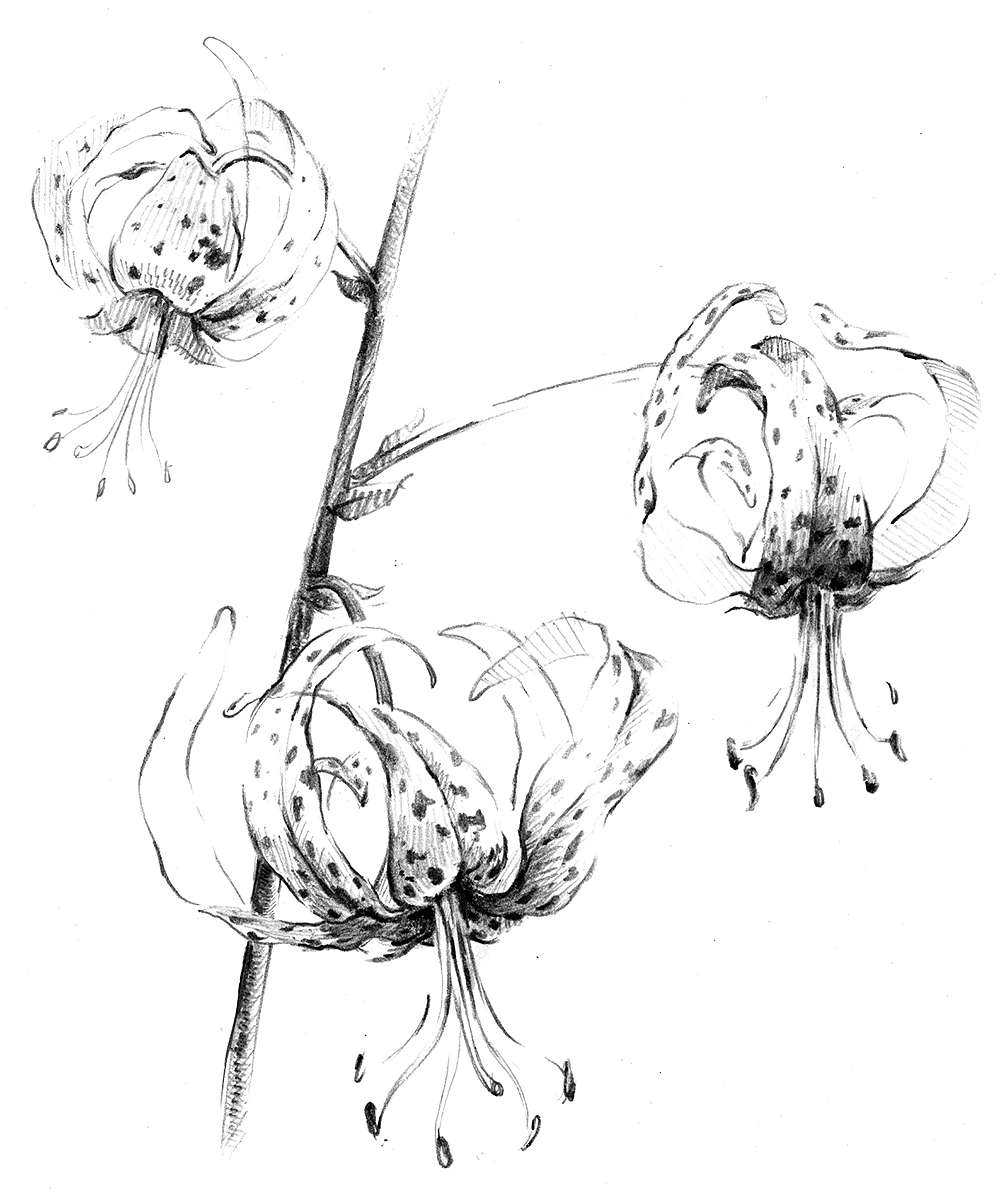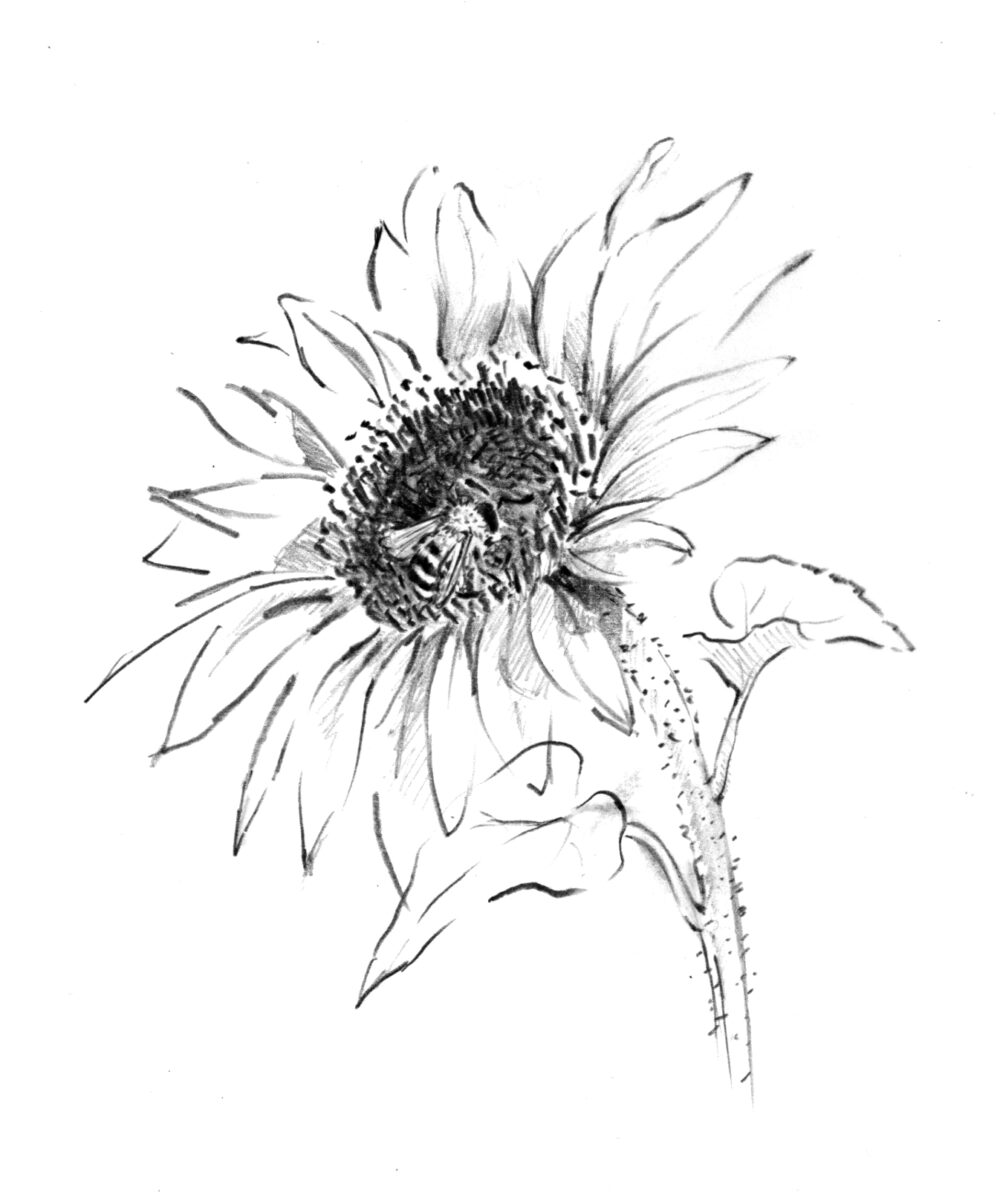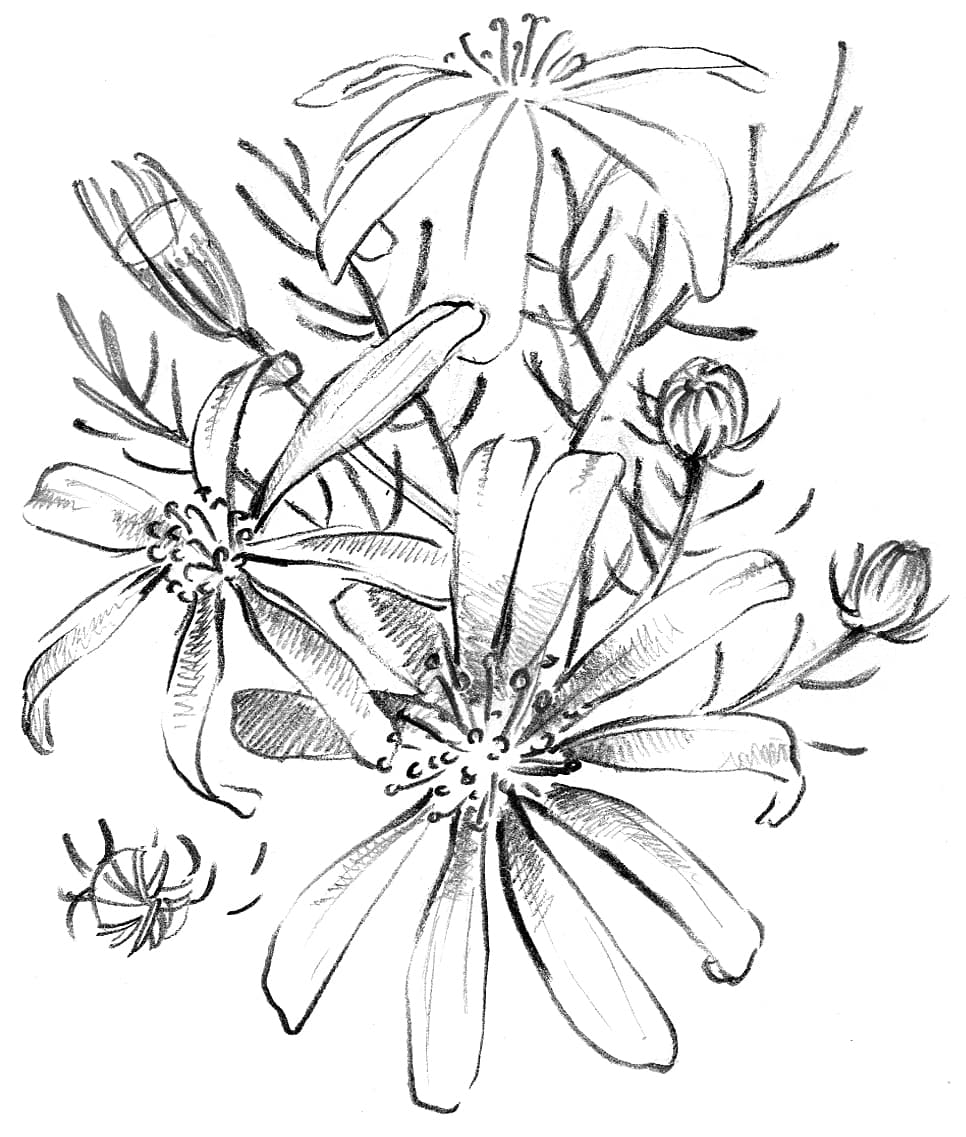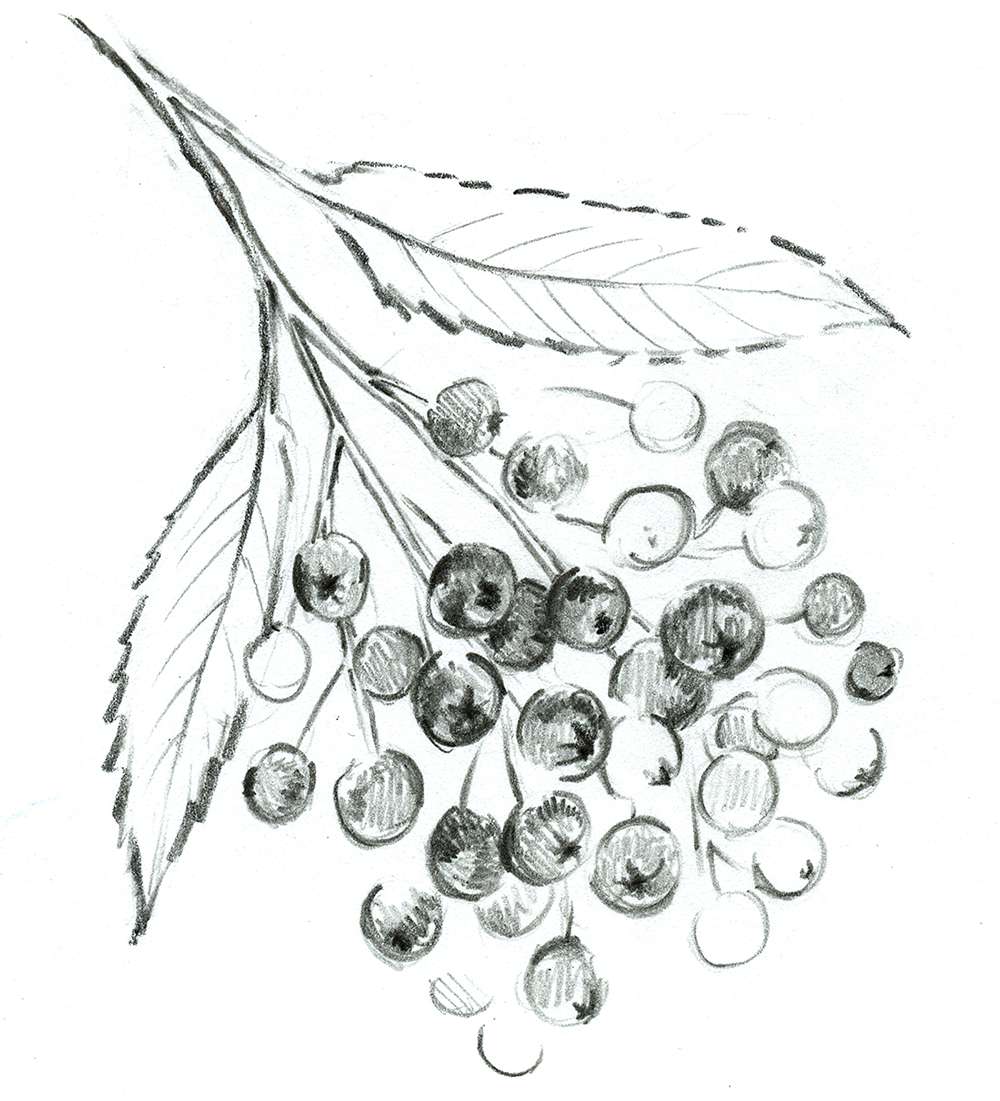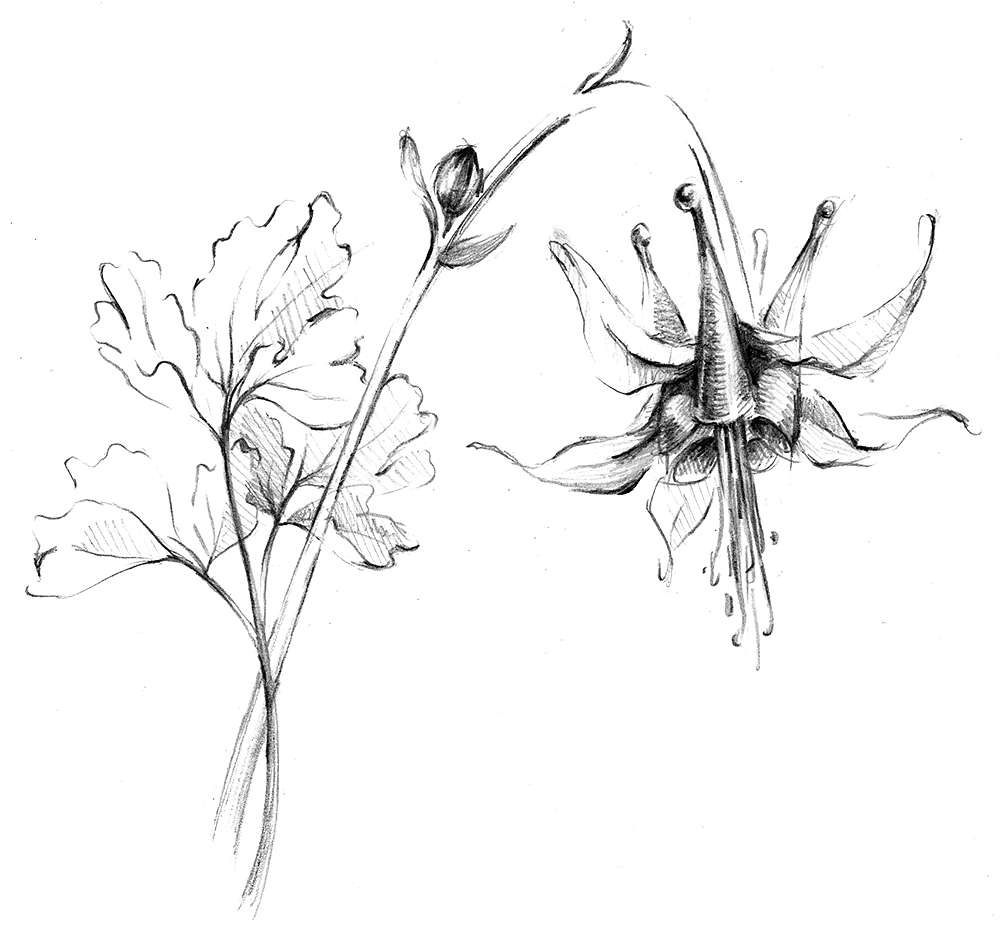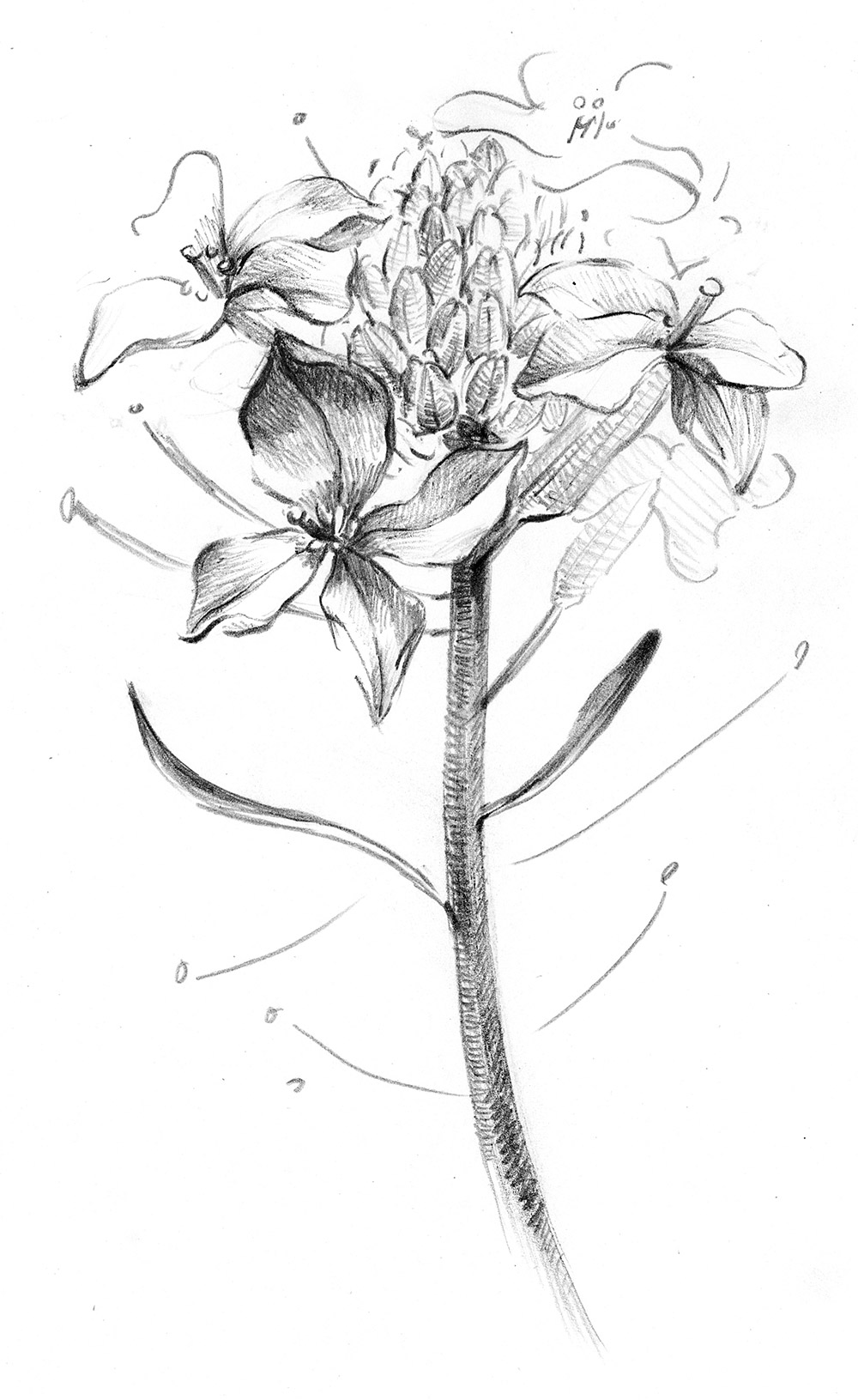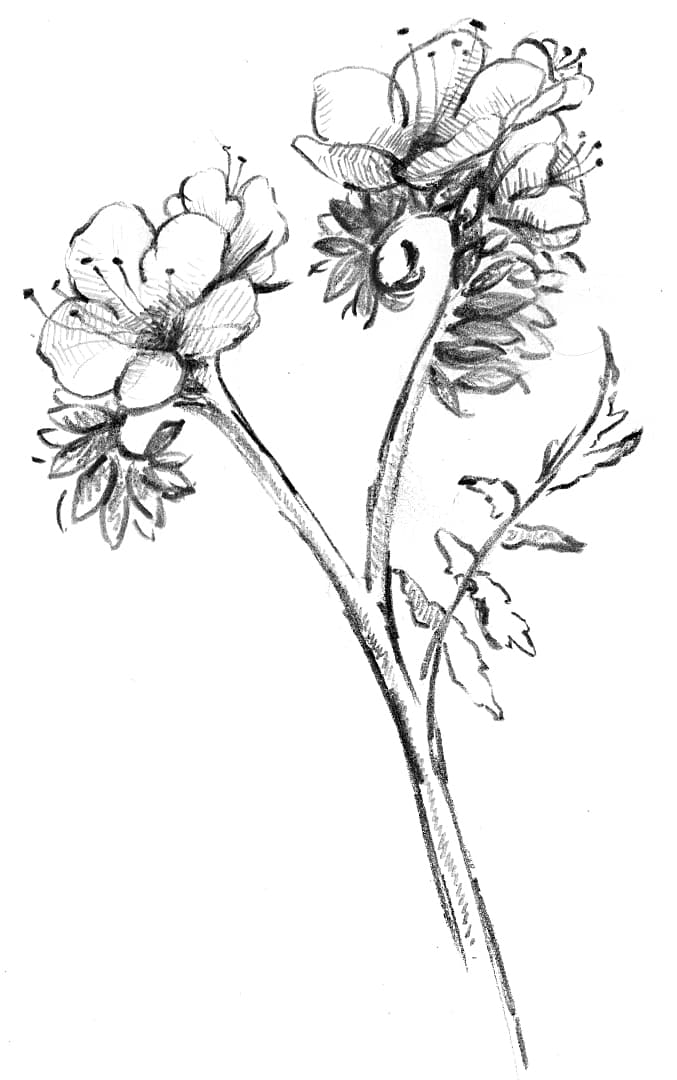Spindly, floppy and seemingly insignificant, siting is key when planting this local gem, which is also know as Indian Pink. In the wild, you’ll nearly always see it climbing up the scaffolding of larger, open shrubs like Diplacus longiflorus (Southern Monkeyflower), where its many lipstick-coral flowers can peek through the foliage. We love the striking geometry of these red starbursts, like petroglyphs come to life.
Plant Silene laciniata within the dripline of larger shrubs. It’s most often found on north-facing slopes, so some afternoon shade will be much appreciated. This plant will eventually die back to the ground in summer after flowering but, if it makes it through its first dry season, it will re-sprout from a fleshy taproot with the first rains. (Our experience has shown that a little summer watering during its dormant period the first summer can greatly improve its chances.)
Regardless, Silene laciniata seeds itself quite extravagantly, and you’ll likely get at least a few seedlings. Our Cardinal Catchfly seedlings come in 2–4″ pots, making it easy to pop one into the ground close to a supporting plant.

